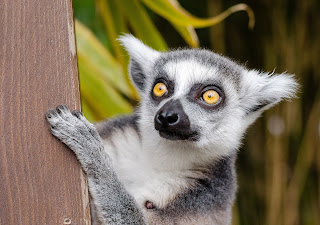Can biometrics be used to help protect endangered animals?
Anil Jain, biometrics expert and professor at Michigan State University is finding new and creative ways to solve problems with biometric facial recognition. Jain and his team have modified their human biometric analysis system to create a facial recognition system for endangered lemurs in Madagascar.
Studying animals over time provides crucial data on how long they live, how often they reproduce, information on infant and juvenile mortality, and overall population growth or decline.
Traditionally, conservationists use “soft Identifiers” to recognize primates, such as differences in body size and the presence of injuries or scars. Variations in appearance make it difficult to keep track of one lemur over time. Tagging is another way to identify animals, but “capture and collar” methods create stress and can injure the animal. Facial biometrics now provides a humane and accurate way to keep track of the animals.
Jain already has 462 lemur images on file, largely from the Ranomafana National Park in Madagascar. On a test of 100 images, the LemurFaceID system had an accuracy rate of nearly 99%. Facial recognition analysis is fast, safe and accurate. Using LemurFaceID can help conservationists with their work.
Endangered animals are often illegally captured and taken from their natural environment to use as pets. Facial biometric analysis could also be used to help track missing lemurs, providing law enforcement, tourists and researchers a means to rapidly report and identify captive lemurs. This technology could also be expanded to work with other endangered animal groups.
Can facial recognition systems help save lemurs?
Published on MSU TODAY: Environment + Science & Technology, Feb. 17, 2017, contacts Kim Ward and Anil Jain

No comments:
Post a Comment